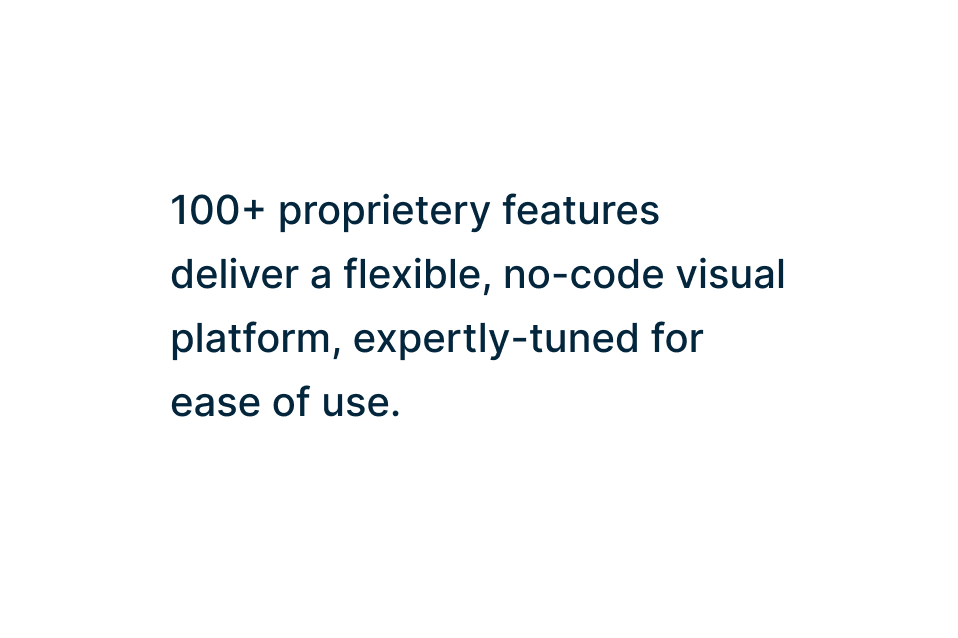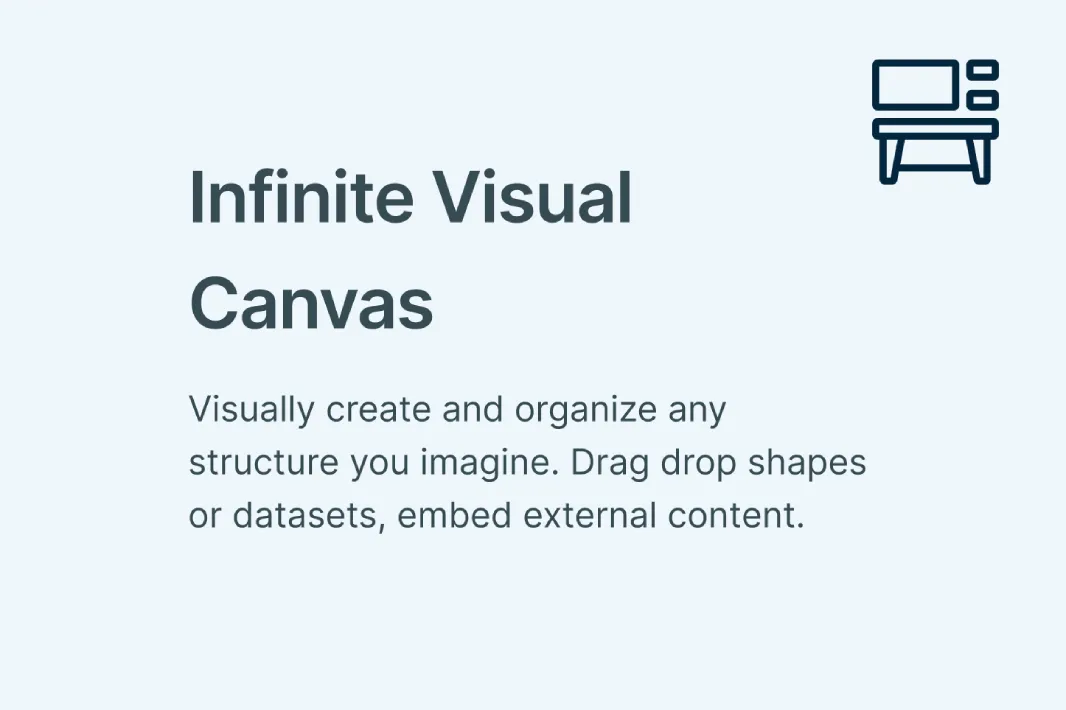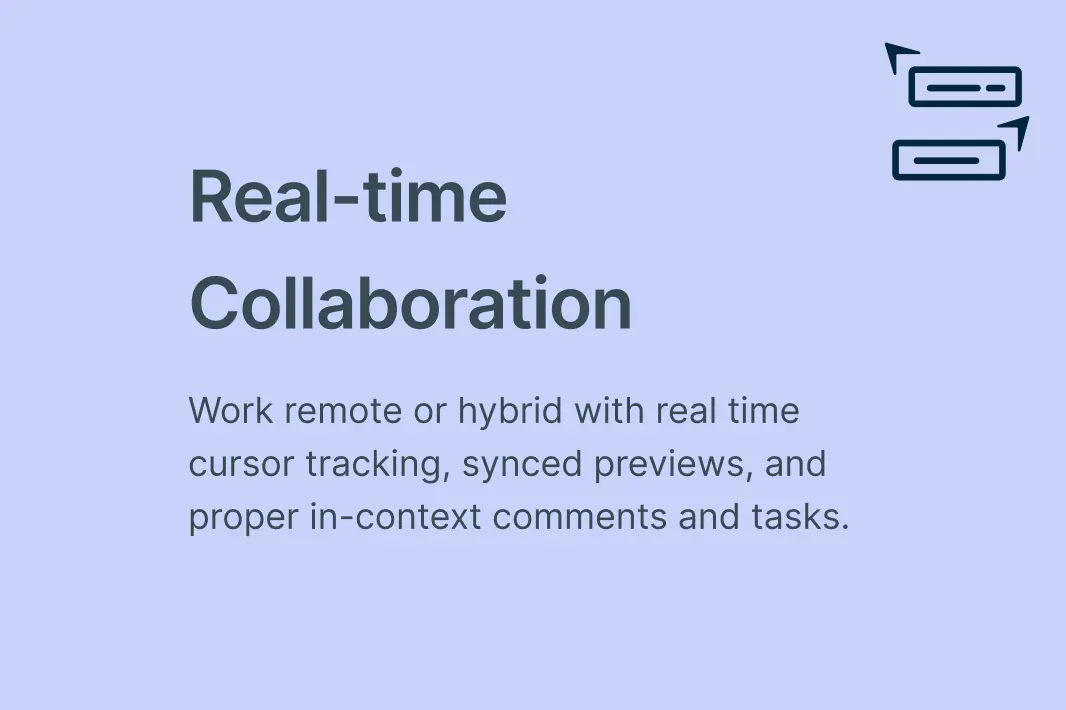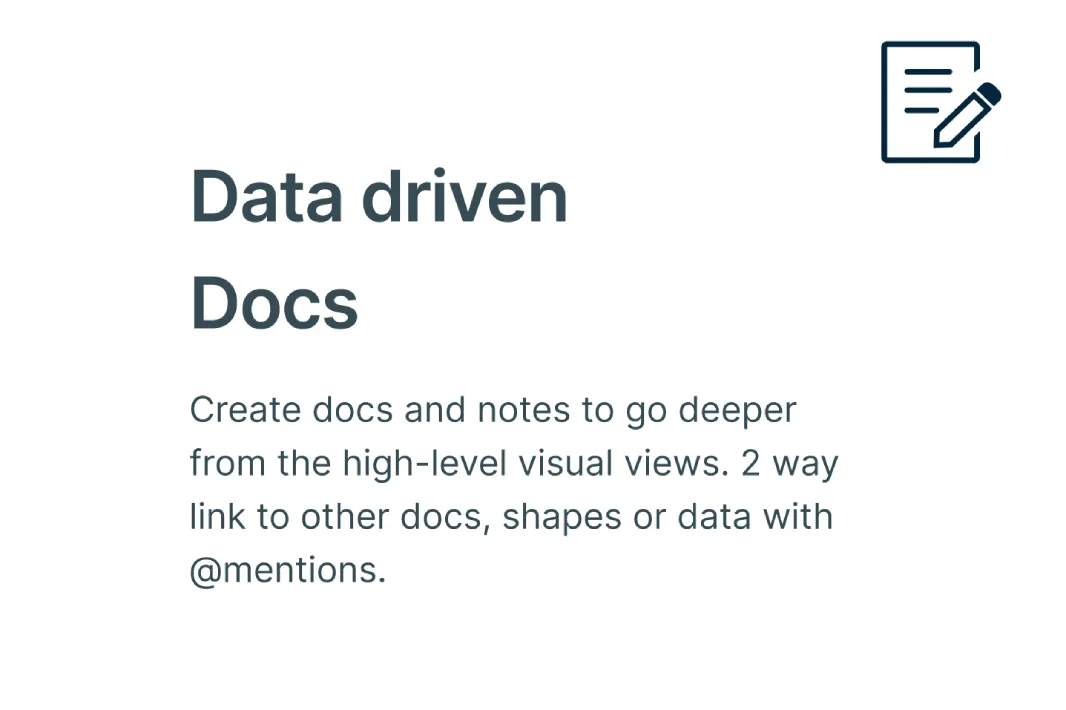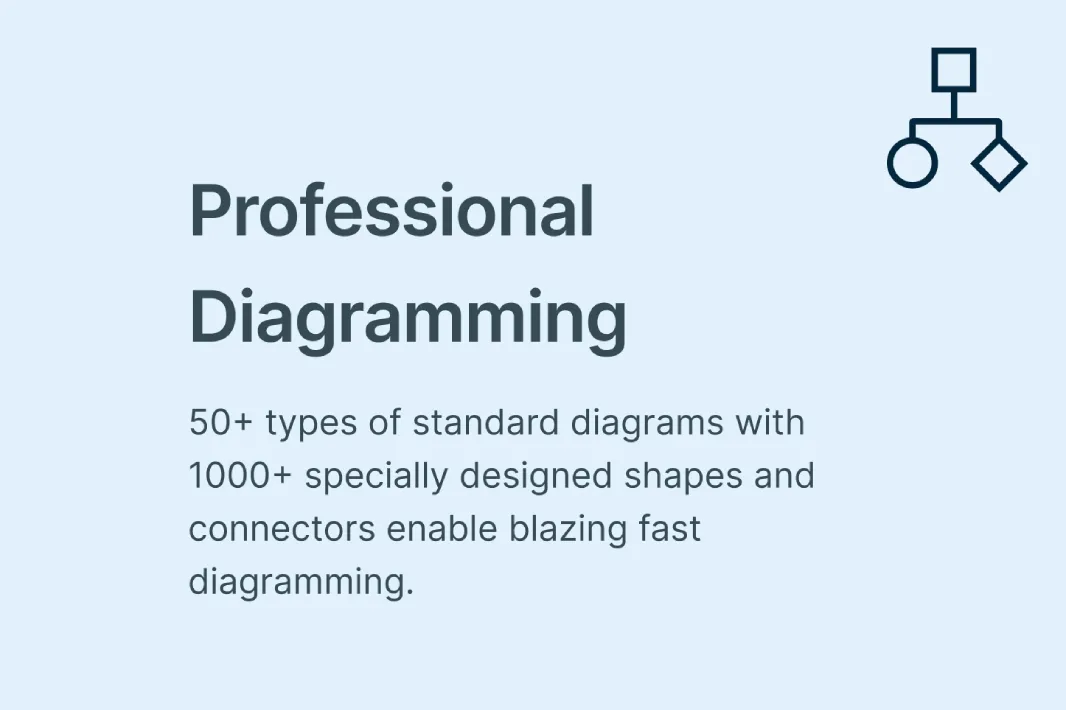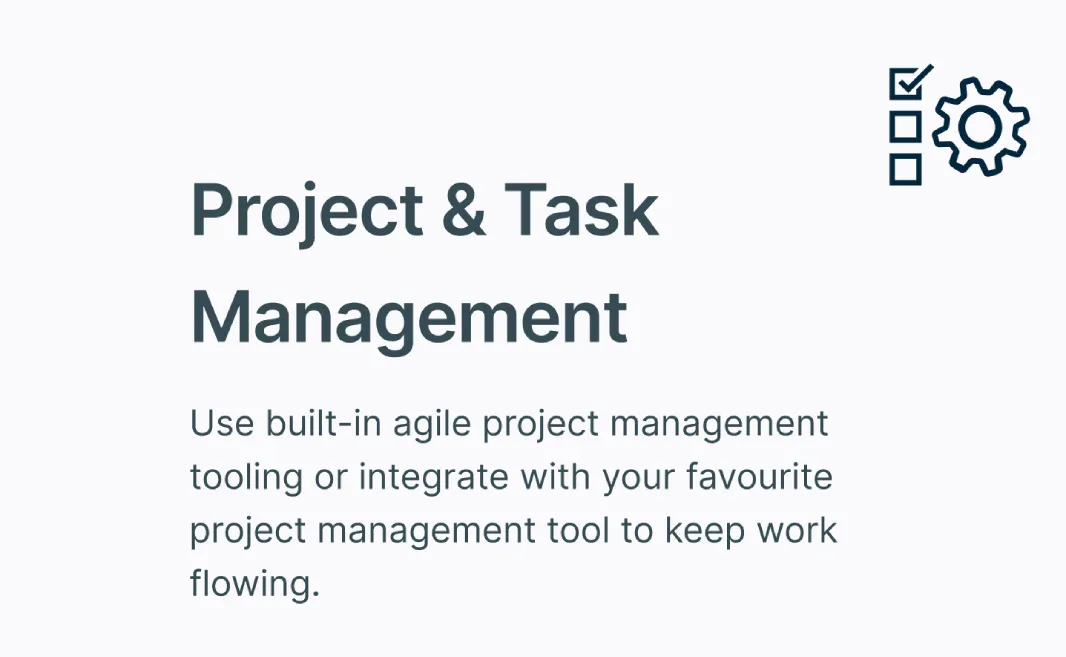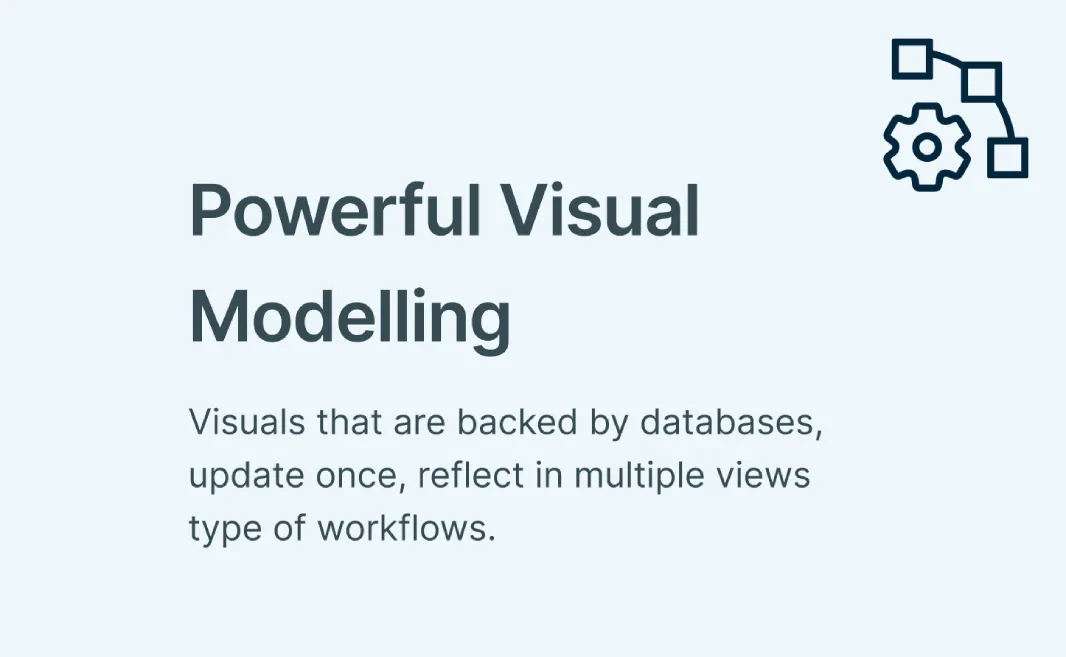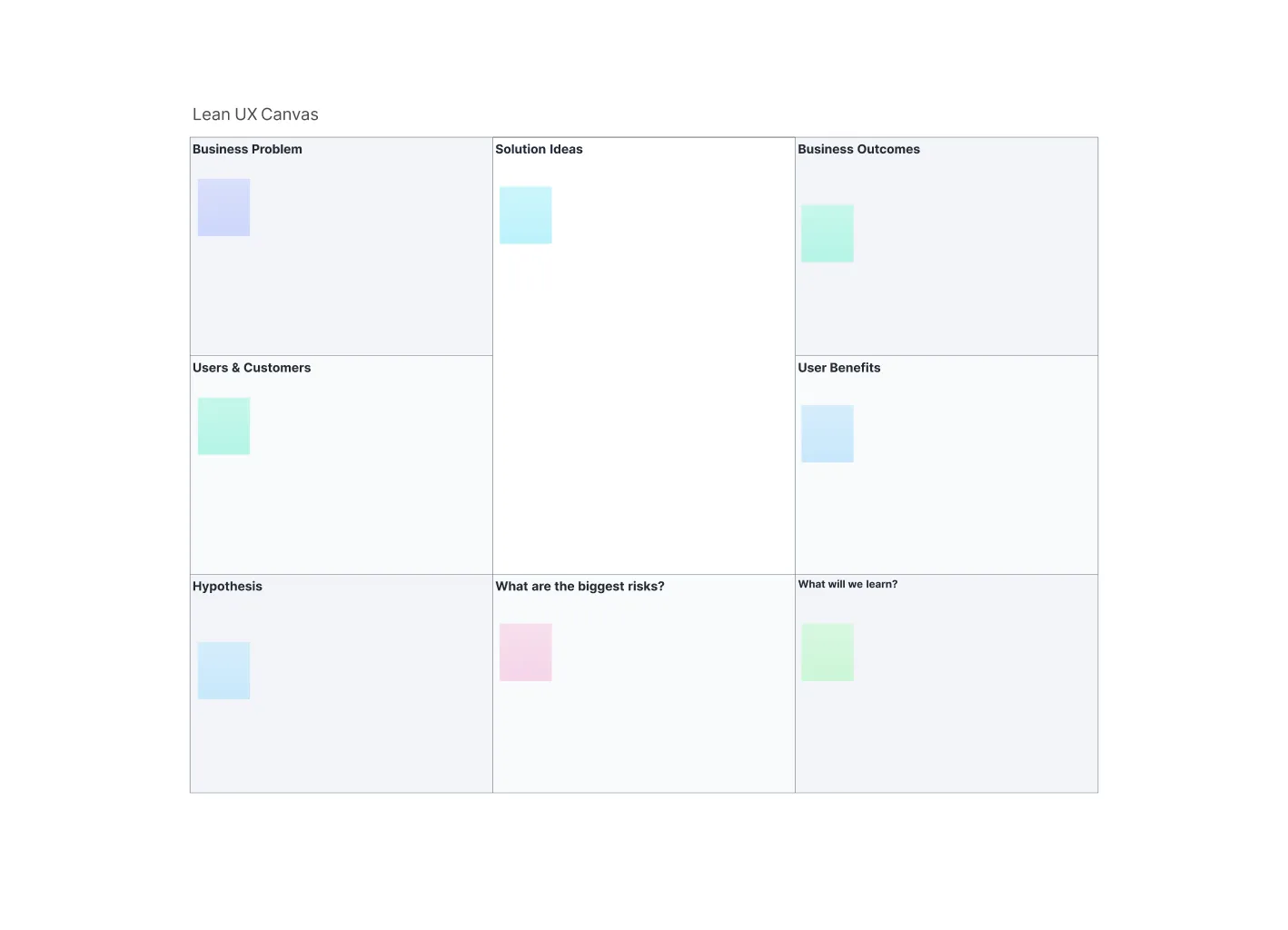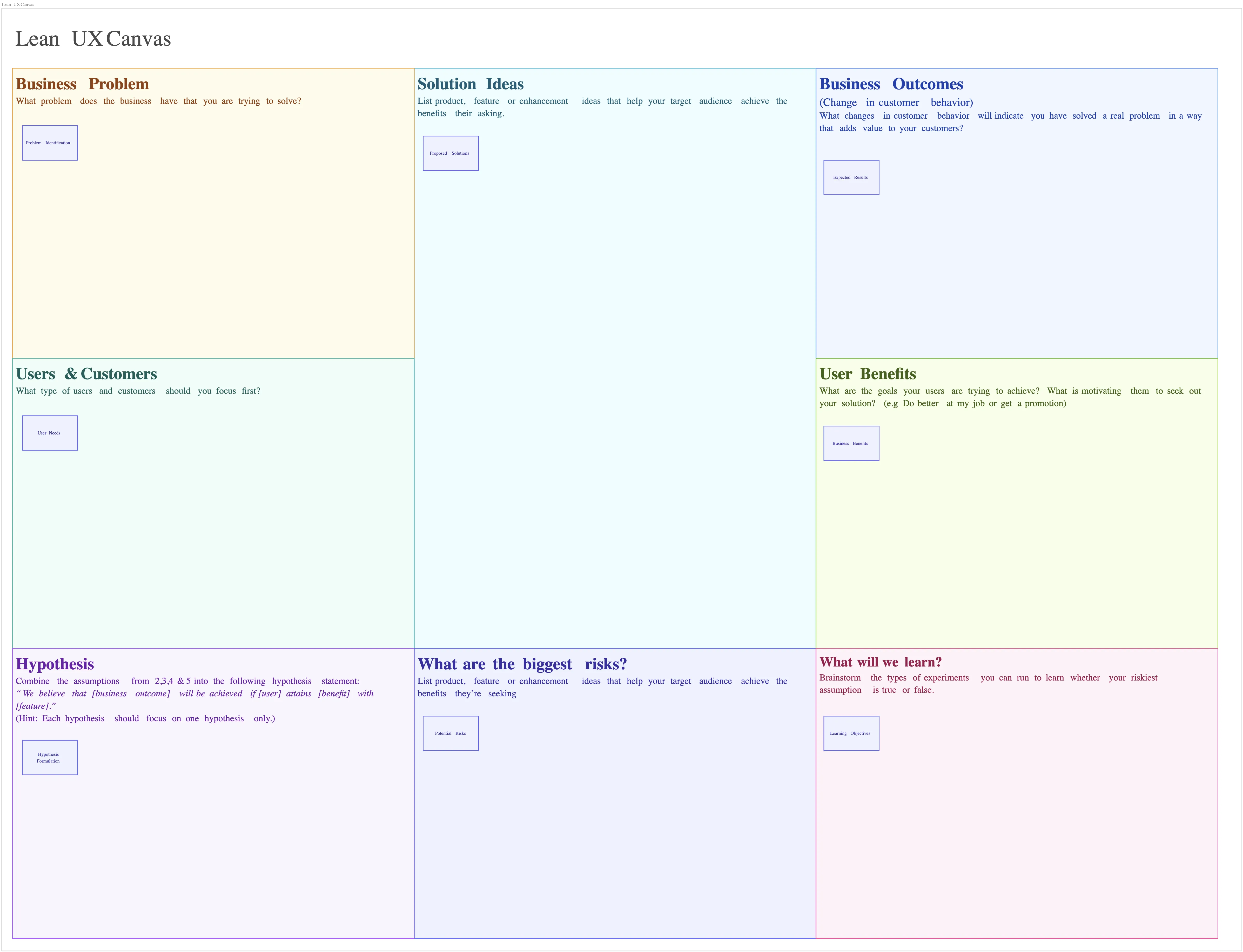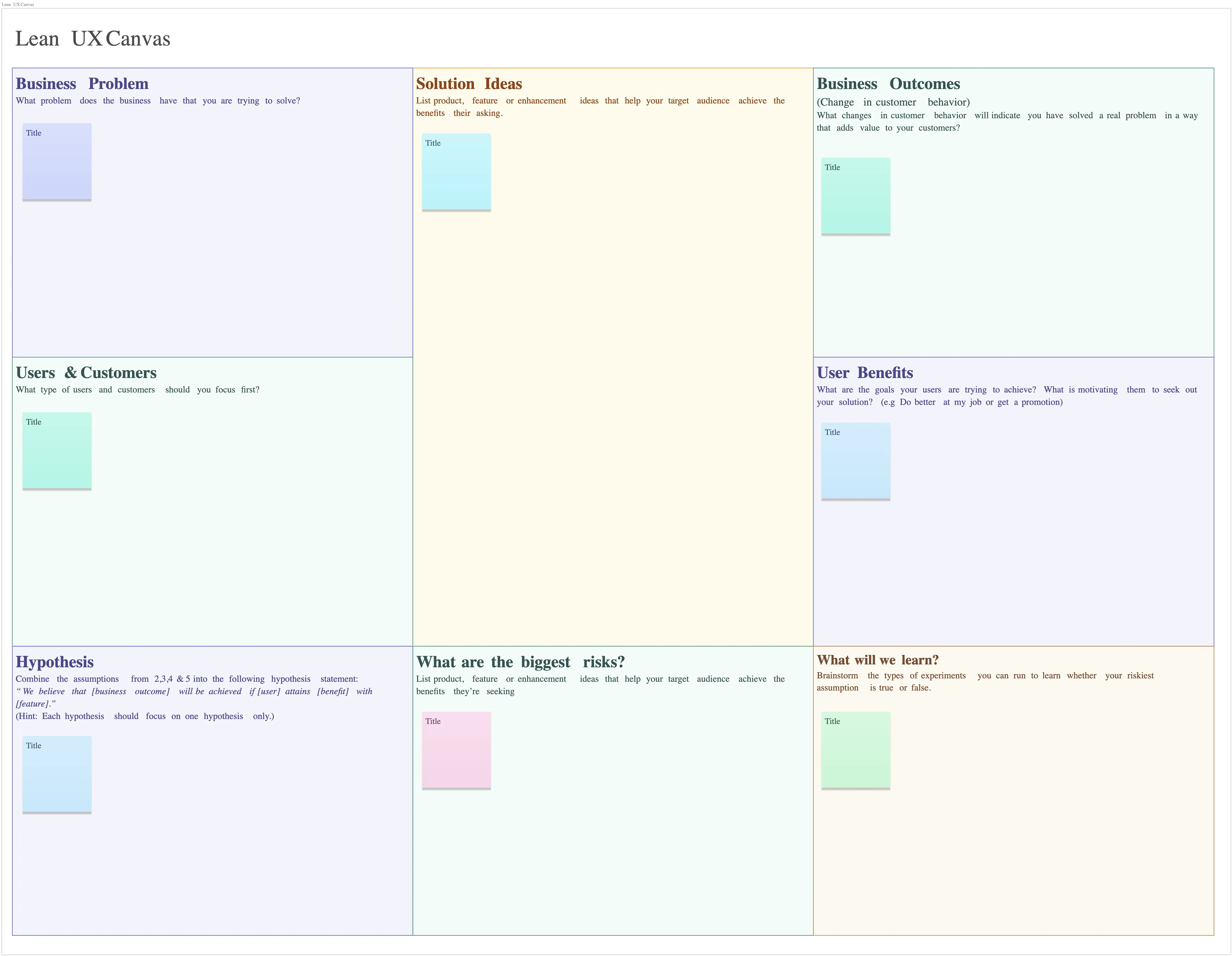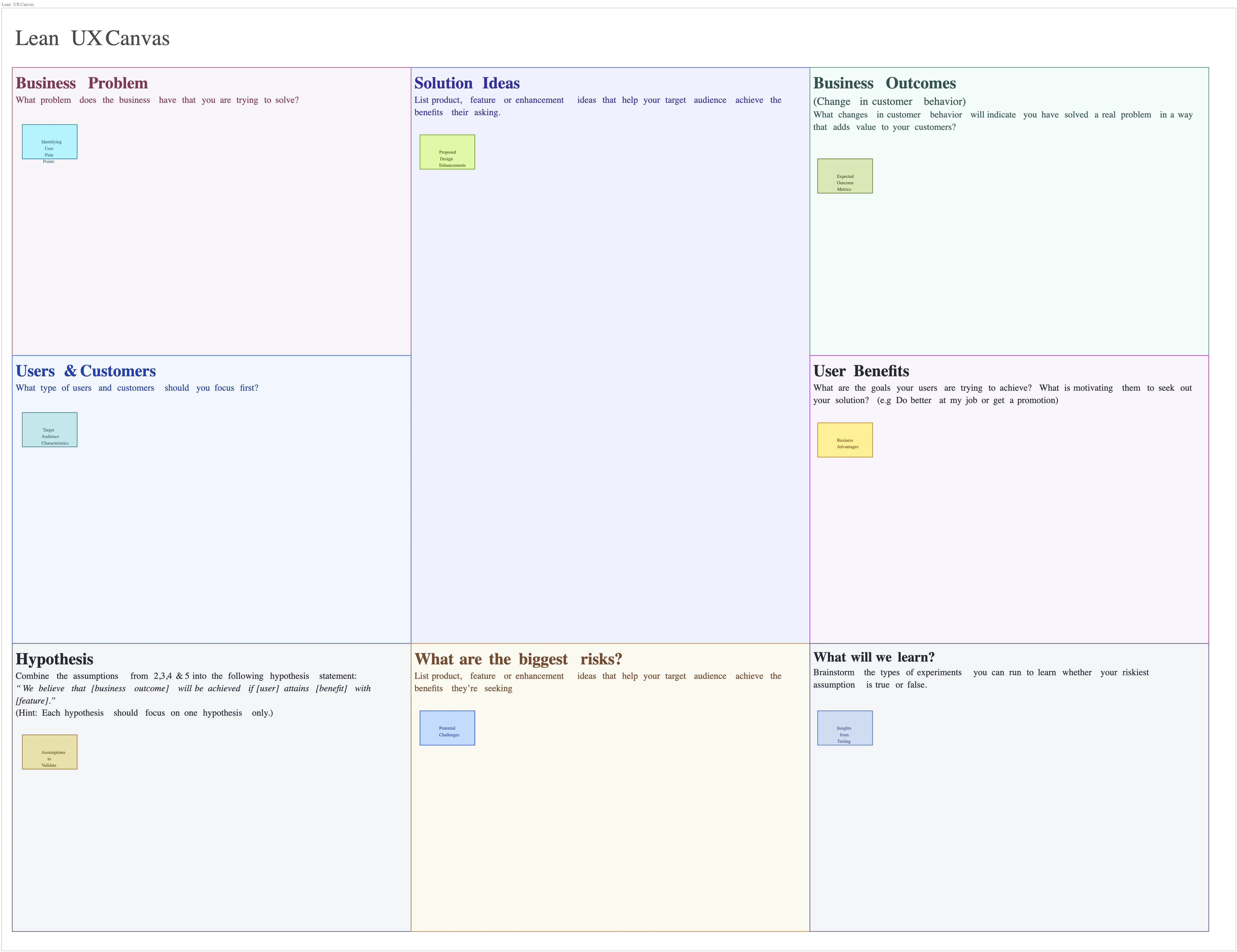Lean UX Canvas Template
Discover and Build Better Products, Faster
Build products that hit the mark. Use the Lean UX Canvas template to help teams align on real customer problems, validate ideas before coding, and turn insights into proven solutions—reducing wasted effort and accelerating product success.
- Start fast with ready-made Lean UX Canvas templates - customize instantly!
- Collaborate live to validate assumptions, refine experiments, and align faster
- Share, present, or export your canvas effortlessly to keep everyone in sync
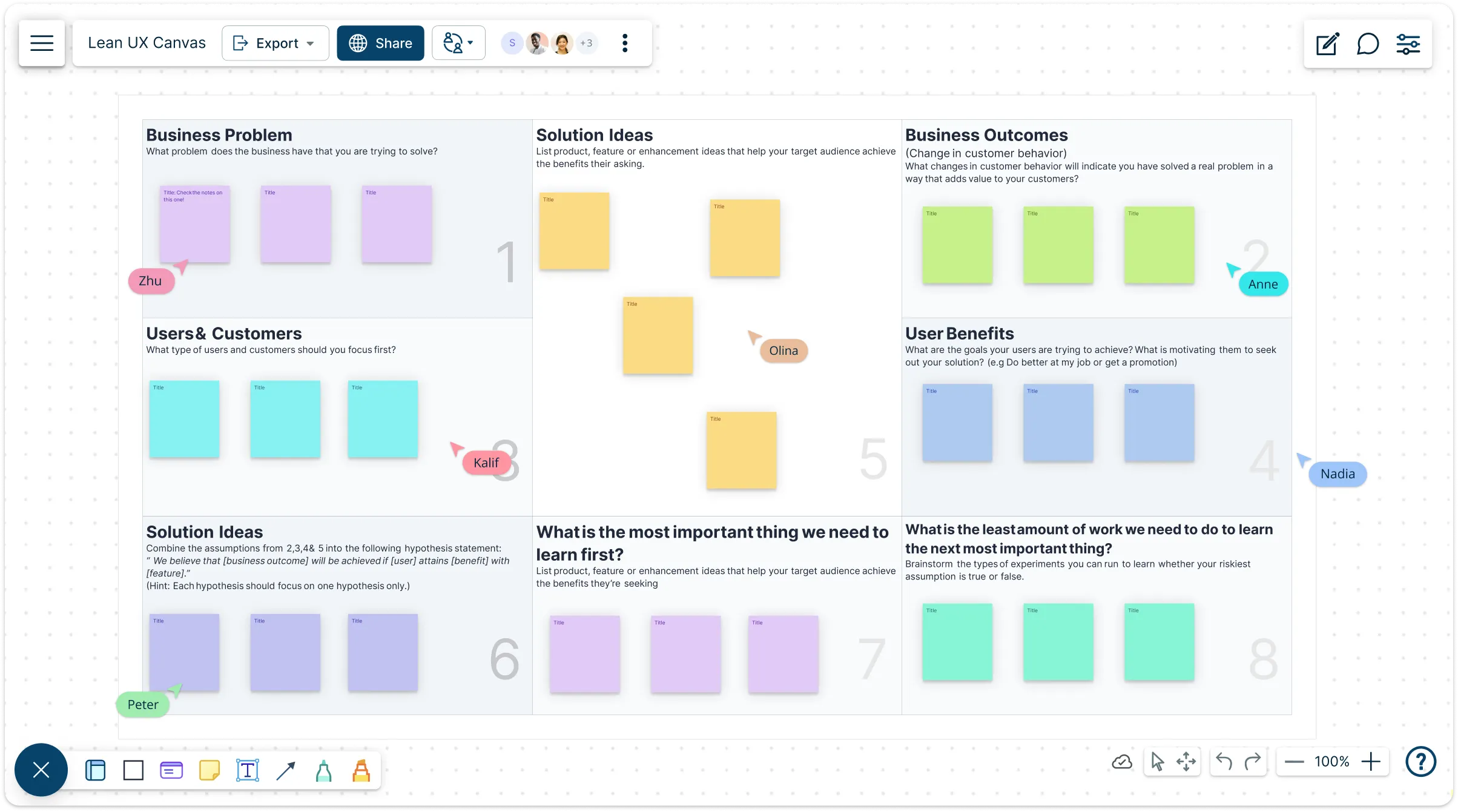
Over 10 Million people and 1000s of teams already use Creately

AI Lean UX Canvas Generator
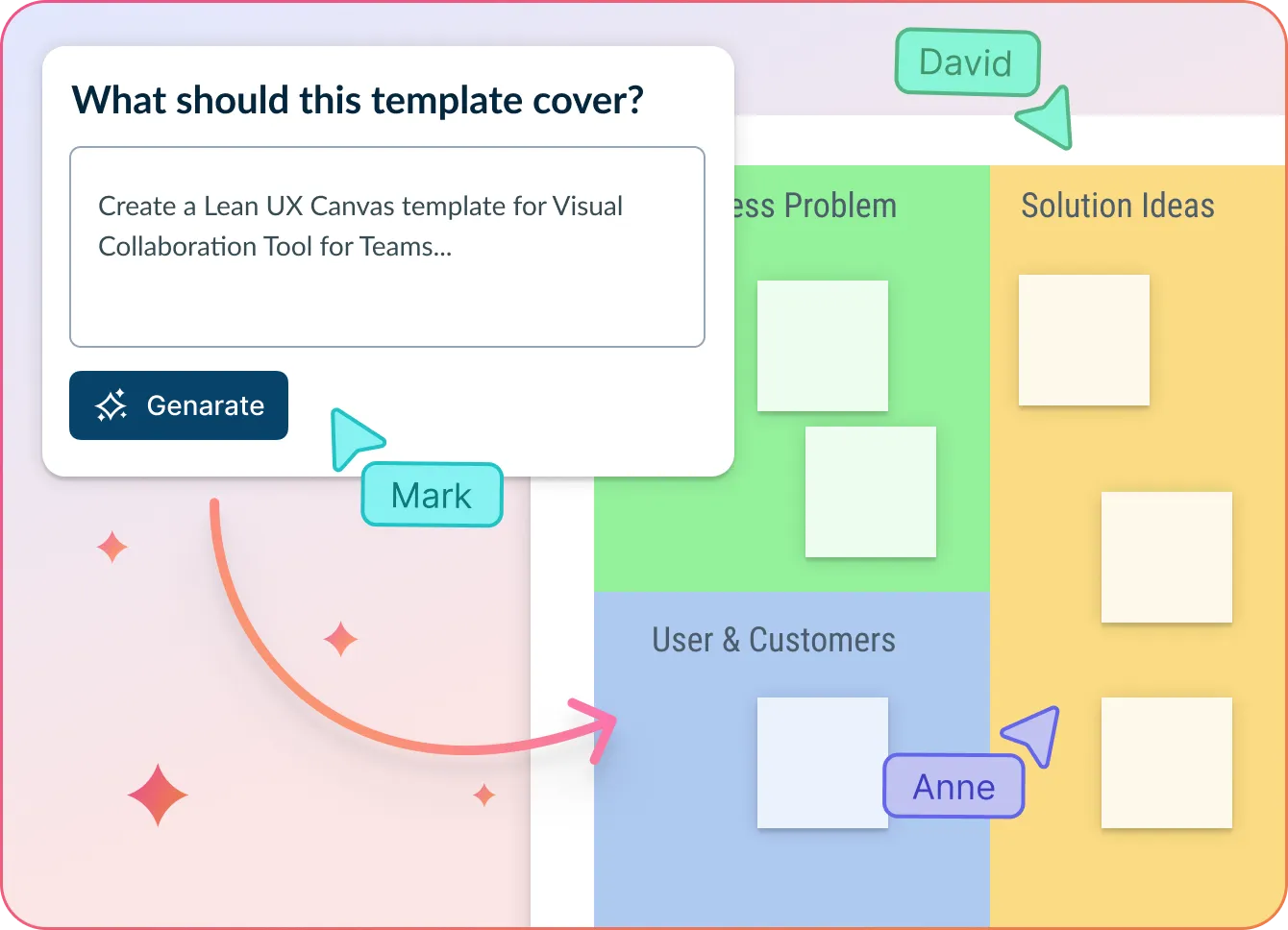
Turn assumptions into validated product insights—instantly
- Just describe your product, user problem, or idea.
- Click Generate with AI → AI automatically fills in key sections of your Lean UX Canvas including problems, hypotheses, assumptions, and experiments.
- Refine, link, and collaborate in real time—all within a shared, infinite workspace.
Why teams love Creately’s AI Lean UX Canvas Generator
 Save hours – Instantly create a structured Lean UX Canvas without starting from scratch.
Save hours – Instantly create a structured Lean UX Canvas without starting from scratch. Clarity built-in – AI organizes inputs into user needs, assumptions, hypotheses, and learning goals.
Clarity built-in – AI organizes inputs into user needs, assumptions, hypotheses, and learning goals. Iterate faster – Adjust each section as your experiments progress and insights evolve.
Iterate faster – Adjust each section as your experiments progress and insights evolve. Data-safe – All AI runs securely inside Creately; your information stays private.
Data-safe – All AI runs securely inside Creately; your information stays private. Made for teams – Collaborate live with designers, PMs, and developers from anywhere.
Made for teams – Collaborate live with designers, PMs, and developers from anywhere.
Standard Lean UX Canvas Examples for Product Discovery
Turn User Problems into Testable Solutions
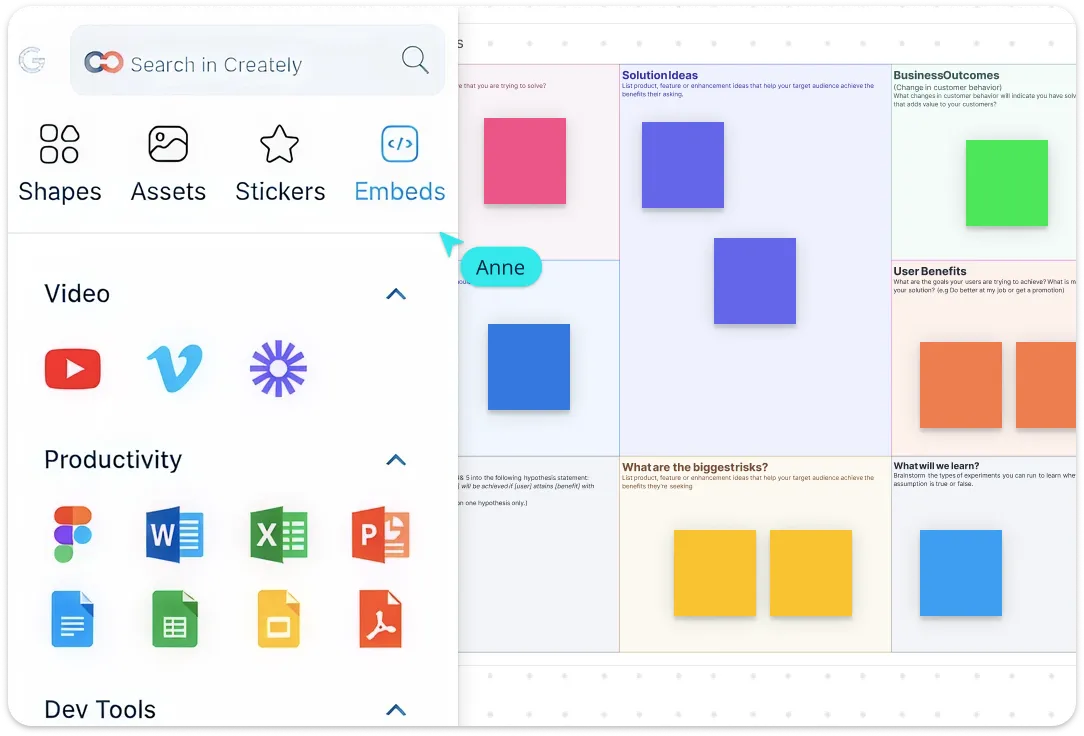
Start with business problems, goals, and desired outcomes—not just features. Leverage Creately’s AI-powered Lean UX Canvas to generate hypotheses, suggest experiments, and organize your ideas instantly. Combine AI insights with mind maps, sticky notes, and visual linking to explore experiments faster. Annotate research, attach files, and prioritize problems and solutions visually, so your team focuses on what drives the most impact.

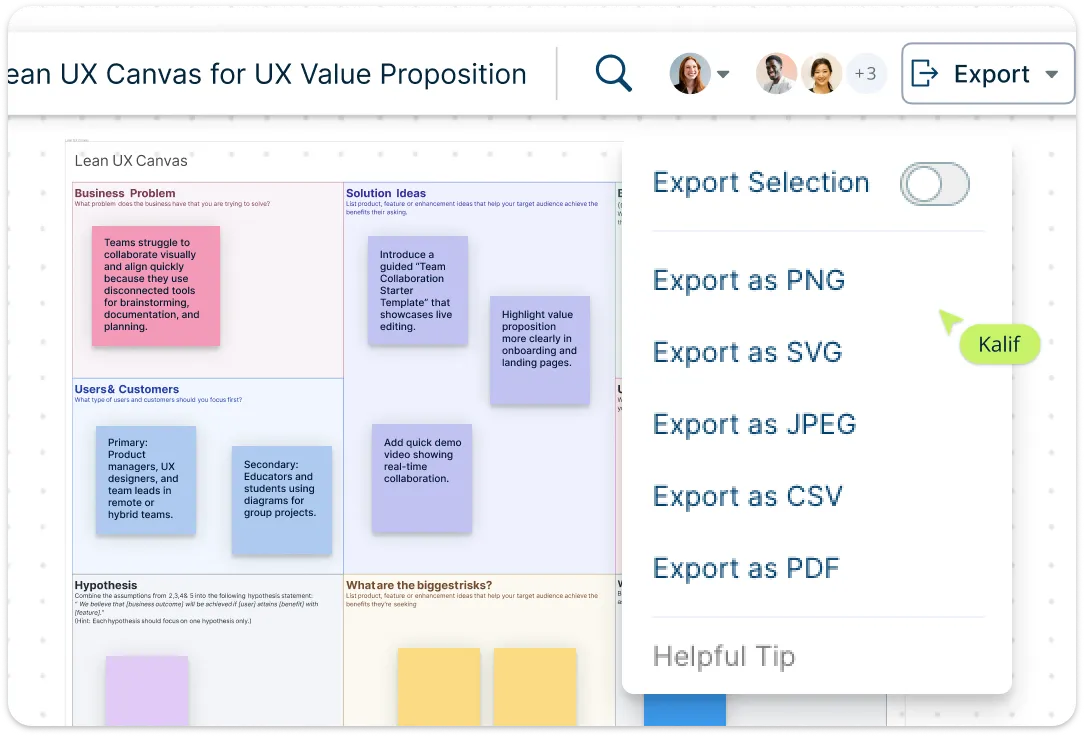
Keep Insights in One Place

Centralize research, user data, and context in a single canvas. Attach files, images, videos, and links, and embed personas to enrich understanding. Build interactive dashboards and presentations to share insights with stakeholders. Turn your research into living documentation- accessible, visual and always up to date. Control visibility and editing permissions with role-based access, and export or embed your canvas as PDF, PNG, JPEG, or SVG for seamless sharing.
Work Together in Real-Time, Anywhere
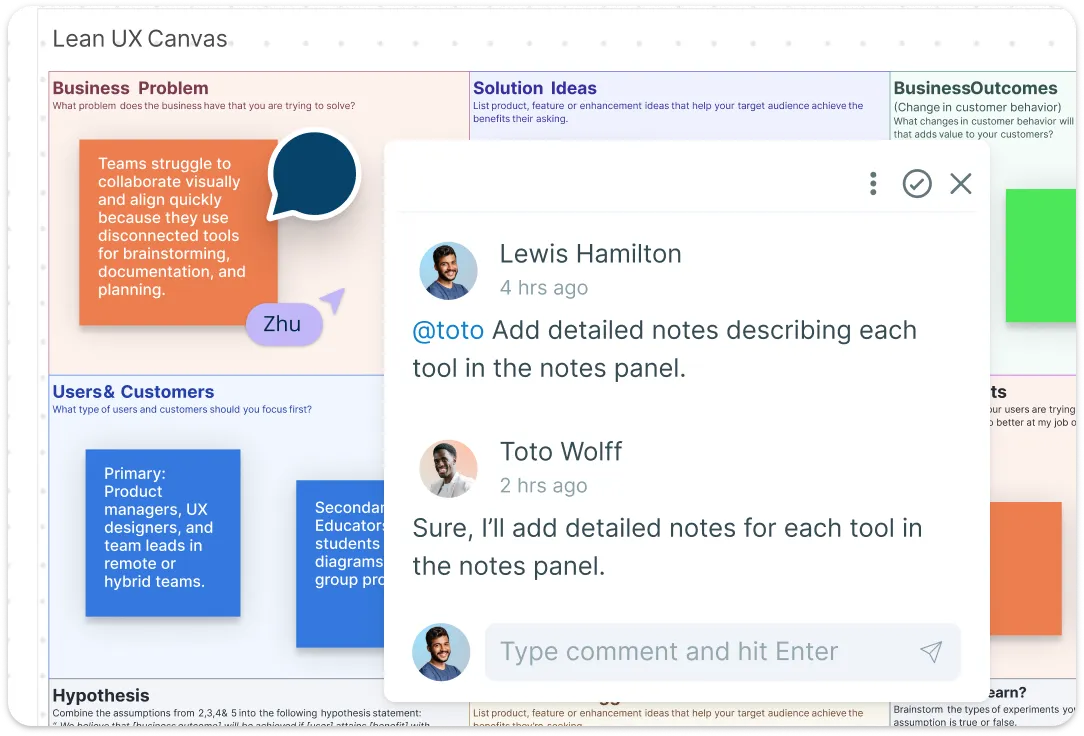
Co-create, iterate, and test ideas with real-time cursors, comments, version history, and branching -perfect for distributed UX and product teams. Assign tasks, leave contextual feedback, and track experiments directly on the canvas—whether your team is working live or asynchronously. Accelerate validation cycles and ensure every experiment leads to measurable learning.

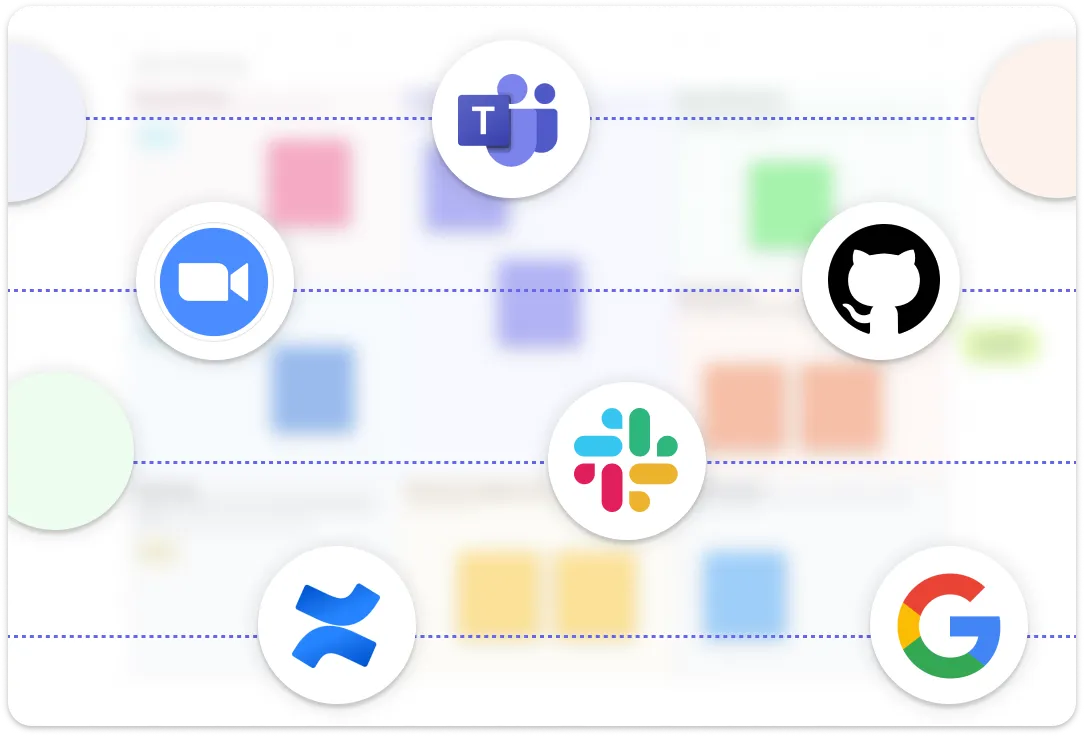
Connect Your Workflow

Evolve your Lean UX canvas as your product grows: reuse, update, and version canvases for continuous iteration. Integrate seamlessly with Slack, GitHub, Confluence, Jira, and other tools to connect research, experiments, and outcomes across workflows. Keep product thinking consistent across sprints and teams, scale your Lean UX process, and ensure insights turn into validated decisions across projects.
What Is a Lean UX Canvas?
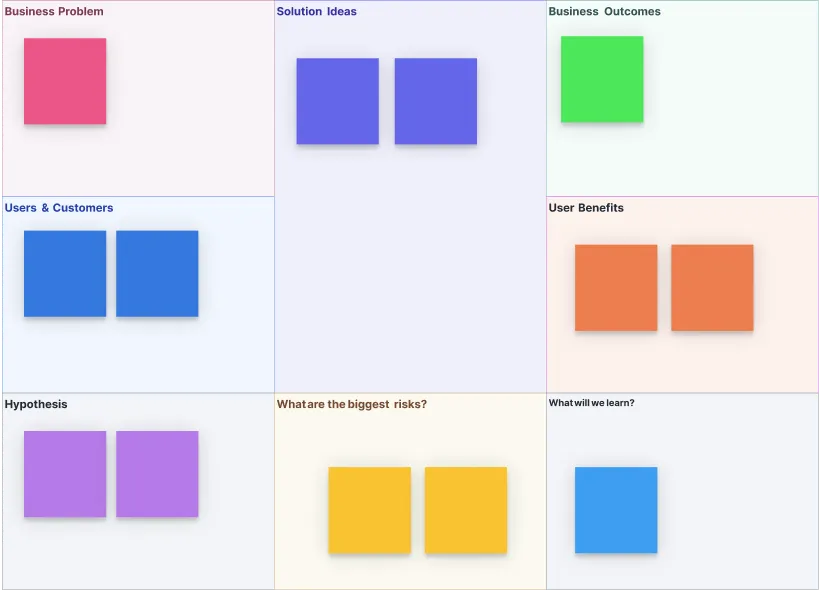
How to Create a Lean UX Canvas?
Start with a template:
Select a Lean UX Canvas template in Creately, including the AI-powered version that can automatically suggest sections, hypotheses, and experiment ideas based on your inputs. This helps teams get started faster, structure their canvas effectively, and focus on insights instead of layout.Define business problems and goals:
Fill in the problem statement, business objectives, and desired outcomes. Use sticky notes, shapes, and color coding to visually prioritize issues and opportunities that matter most to your product and users.Map users and value:
Identify your target users, their needs, and the value your product delivers. Add personas, attach research files, and link external data to the canvas to ensure everyone references the same user insights.Formulate hypotheses and experiments:
Document your assumptions and testable hypotheses. Use Creately’s Lean UX canvas creator to link tasks, define metrics, and plan experiments so your team knows exactly what to test and measure.Collaborate, iterate, and share:
Invite team members to edit in real-time, leave comments, and track version history as you refine ideas. When ready, export or embed your canvas to share with stakeholders or integrate with tools like Slack, Jira, and Confluence for continuous iteration.
Map Your Business Ideas Instantly with Pre-Made Templates
FAQs About the Lean UX Canvas Template
What is included in the Lean UX Canvas template?
How customizable is Creately’s Lean UX Canvas template?
Can the template be used for MVP planning or experiment tracking?
Can the AI template help generate hypotheses automatically?
Is the template suitable for both startups and enterprises?







